I'll take a slightly different approach to the other answers and use a differential transformer as an example. These are common on balanced microphone circuits.

simulate this circuit – Schematic created using CircuitLab
Figure 1. A balanced microphone circuit showing differential (green) and common mode (red) signals.
Note that the differential signals are in-phase on the transformer primary and so generate an output on the transformer secondary. Meanwhile the common-mode signals are out of phase and cancel out giving no output on the secondary. The transformer rejects the common mode signal.
As far as I understand, return current flows the "negative" channel for a differential signal connection.
This depends purely on which you take as the reference. If you start with the negative or inverting input then the "return current" is on the "positive" or non-inverting input.
Only if it is not balanced well, there might be unwanted return current in reference GND or power plane.
That would be true. In Figure 1 there is little possibility of this as the microphone capsule is floating with respect to ground. In practice there will be some capacitance to ground and in other applications it may be using a differential amplifier output with a direct ground reference. If, say, there are an uneven number of turns on the two halves of the transformer primary then the common mode rejection will be reduced and the CMRR will decrease.
But some say the return path for both positive and negative are always the reference plane, which get me confused...
If you think about this a bit, what happens if two out of phase signals are transmitted through the same path? They cancel out. Only the difference between the two signals will go through the ground path.
